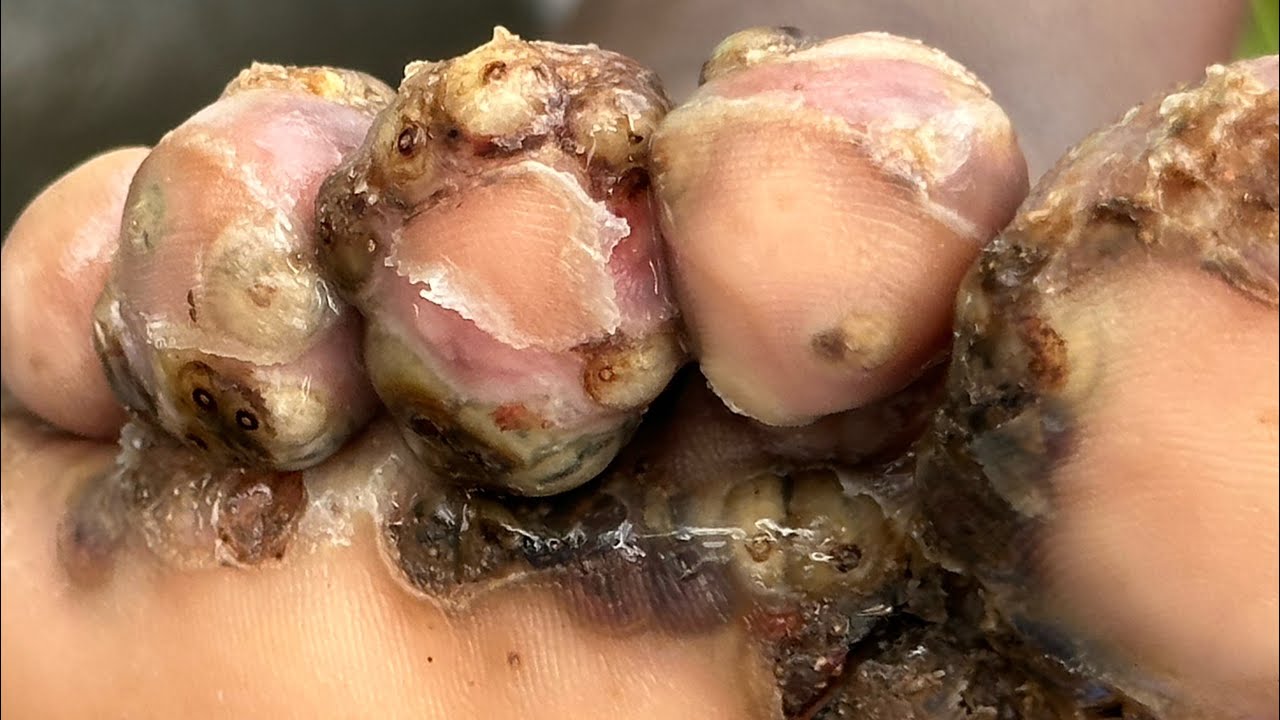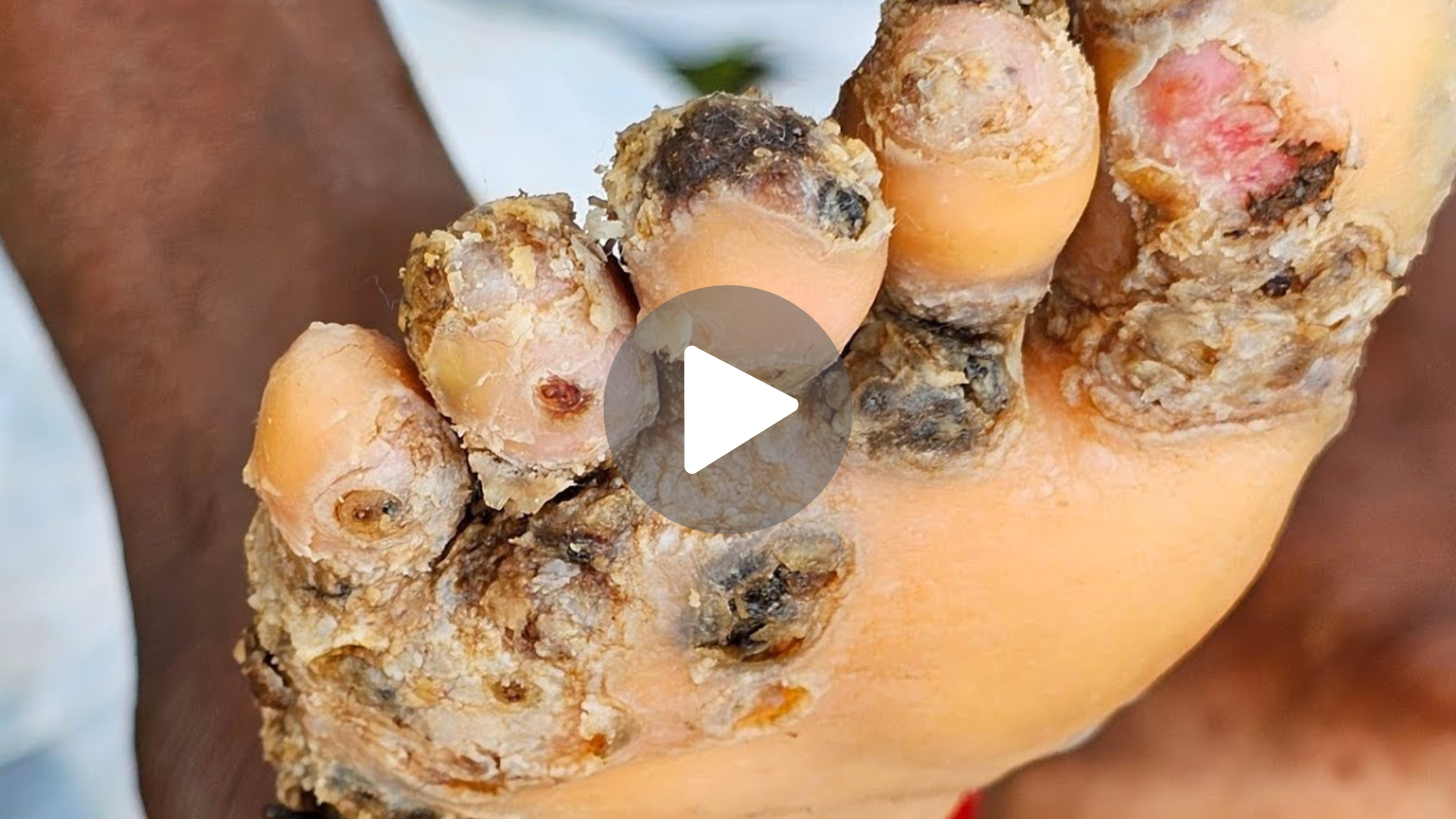Comprehensive Overview of Jigger Infestations
Causes, Symptoms, Treatment, and Prevention
Introduction
Jiggers (Tunga penetrans), sometimes called sand fleas or chigoe fleas, are parasitic insects that are found in tropical and subtropical areas, especially in the Caribbean, South America, and sub-Saharan Africa. Jiggers are infamous for their propensity to burrow under their hosts’ skin, resulting in tungiasis. In severe circumstances, this illness may result in serious health implications, secondary infections, and excruciating discomfort.
The Jiggers’ Biological Characteristics
The mature female jigger flea measures approximately one millimeter, making it one of the smallest flea species. Even though they are tiny, they have the potential to seriously harm your health. The jigger flea has four phases in its life cycle: the egg, larva, pupa, and adult. The main culprit of tungiasis is the adult female flea. The female flea burrows into the skin of the host after mating, usually in places like the hands, feet, and buttocks that have direct contact with the ground.
After becoming lodged, the flea grows and swells dramatically before laying eggs. It then feeds on the blood of the host. Severe itching, inflammation, and the formation of painful blisters can result from this procedure.
Symptoms and Clinical Manifestations
A tiny, itchy, and frequently painful lesion is the main sign of a jigger infestation. Additional typical symptoms consist of:
Localized Itching and Irritation: When a flea first burrows into the skin, severe itching is frequently experienced.
Swelling and Pain: The afflicted area may swell and hurt as the flea grows.
Formation Lesion: At the location of infestation, a small, white circle with a black dot (the flea’s exoskeleton) in the center frequently appears.
Infections Secondary: Bacterial infections can arise from improperly removed fleas, resulting in pus formation, greater pain, and potentially systemic illness.
Complications
Jigger infestations can cause serious problems if they are not treated, such as:
Ulceration: Ulcerations in the afflicted area may result in exposed sores that are prone to infections.
Gangrene: In severe cases, gangrene may develop and may require amputation, particularly if subsequent infections are severe and untreated.
Deformities: Prolonged infestations can cause severe handicap by resulting in malformations, especially in the foot.
The Treatment of Jigger Infestations
Tungiasis treatment that works requires a few crucial steps:
Removal Mechanical: The meticulous removal of the flea is the main course of treatment. To prevent shattering the flea’s body, which could cause more issues, this should be done with sterile tools like tweezers or needles. To guarantee total eradication, the process should be carried out by a qualified healthcare professional.
Care Wound: To stop secondary infections, the wound needs to be properly treated with antiseptic solutions after removal. Antibiotic ointments applied topically can aid in the healing process.
Management Pain: Pain and inflammation can be controlled using analgesics or anti-inflammatory drugs.
Management of Infections Secondary: It may be necessary to prescribe systemic antibiotics if there is a subsequent bacterial infection.
Prophylaxis: Tetanus It’s important to make sure your tetanus vaccination is current since open wounds can transmit the tetanus virus.
Community and Health Public Interventions
Comprehensive public health initiatives are crucial in areas where jigger infestations are endemic. These include:
Mass Treatment Campaigns: It can be useful to plan mass treatment days where medical specialists come to communities to treat and educate the locals.
School Programs: putting in place health education initiatives in schools to instruct kids on hygiene and jigger prevention.
Infrastructure Improvements: The frequency of jigger infestations can be decreased by improving living conditions through the provision of clean water, adequate sanitation, and better housing.
Research and Surveillance: investigating the epidemiology of tungiasis and putting monitoring mechanisms in place to keep an eye out for outbreaks and direct public health initiatives.
FAQs
1: What are jiggers and where are they commonly found?
The parasitic bug known as jiggers (Tunga penetrans) burrows into the skin of its hosts. They are also called chigoe fleas or sand fleas. They are typically found in tropical and subtropical areas, especially in the Caribbean, South America, and sub-Saharan Africa. They do well in dusty, sandy conditions, frequently in unsanitary areas.
2: What are the symptoms of a jigger infestation?
Intense itching and irritation at the place of entry, pain and swelling, and the development of a tiny lesion with a central black dot (the flea’s exoskeleton) are the main signs of a jigger infestation. If left untreated, an infection may develop in the area, resulting in pus production, ulceration, and possibly more serious systemic diseases.
3: How is a jigger infestation treated?
Mechanical Removal: Take care not to damage the flea by carefully removing it using sterilized tools.
Wound Care: Use antibiotic ointments and antiseptic solutions to completely clean the wound.
Pain management: To lessen pain and inflammation, take analgesics or anti-inflammatory drugs.
Antibiotics: In the event that a secondary bacterial infection is suspected, treat the patient with systemic antibiotics.
Tetanus prophylaxis: Make that the afflicted person has received the most recent
Conclusion
In many tropical and subtropical areas, jigger infestations continue to pose a serious threat to public health despite being avoidable and treatable. Prompt medical attention, good personal hygiene, community education, and public health initiatives are all necessary for effective management. Tungiasis can be less common and the lives of those affected by it can be improved by treating the underlying causes and encouraging preventive actions. To tackle this parasite danger, community-wide measures, appropriate treatment, and early discovery are essential.


1 thought on “Comprehensive Overview of Jigger Infestations”